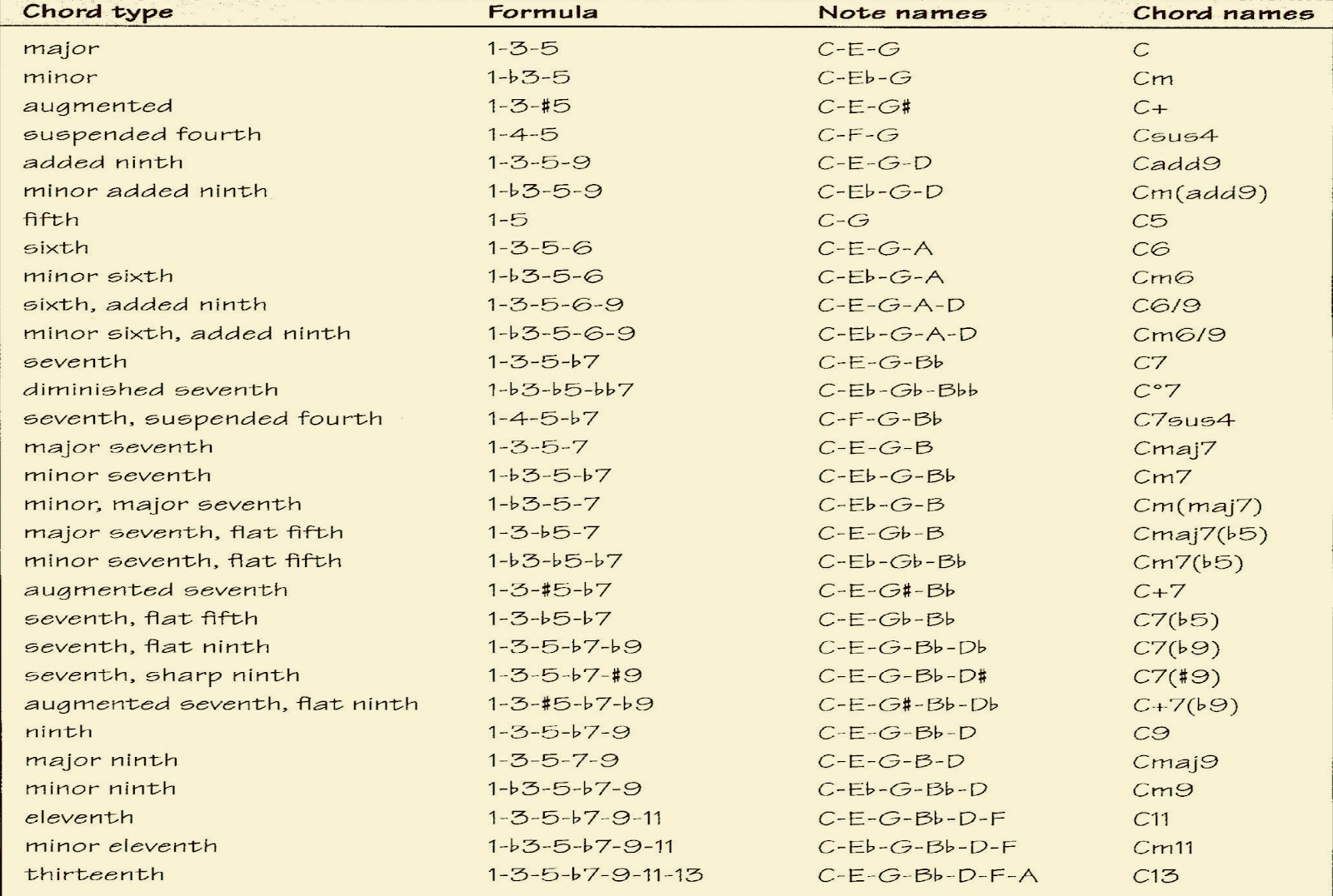

Step 5 is to pick a new chord a repeat the steps. Did you position all of your fingers in the correct places? Take a look at the G Major chord diagram above and think about how close you were to what it shows. Step 4 is to open your eyes and check how accurate you were against the chord diagram. Imagine what your hand looks like as you play the chord. Finally, imagine how many strings you need to strum. Then imagine where you need to place each finger. Remember which frets you need to play and which strings to play them on. Just close your eyes and try to remember all the details from Step 2. As a guitar teacher, I spend a lot of time learning about different memorization techniques and visualization works incredibly well. This might feel strange at first, but it’s an extremely powerful memorization technique. If you’re in public and it would be strange to close your eyes, just imagine it in your mind.

Step 3 is to close your eyes and imagine placing your hand in the chord shape. This is all the information you need to play the chord, so that’s why it’s important to memorize it.

ALL IN ALL CHORDS HOW TO
Let’s go through an example to show you how to do it. While the above steps might sound too simple to work, it is ridiculously effective. Open your eyes and look at the chord diagram to check if you were correct.Close your eyes and imagine placing your hand into the chord shape.Here are the steps to memorizing guitar chords: Read through this guide for advice on practicing guitar without a guitar to learn more. The good news is that you can practice memorizing guitar chords anywhere – you don’t even need to have a guitar with you. This is an important first step and if you skip it, it will take a lot longer to be able to play guitar chords. Memorizing guitar chord shapes will help you move your hands into the chord shapes faster and change between different chords faster. How to Memorize Guitar Chordsīefore you start practicing guitar chords, you need to know what to play. The exercises covered below will help you develop all three areas so you can practice guitar chords effectively. Timing: be able to move into a chord at the right time.Chord Changes: be able to instantly switch between any two chords.Memorization: learn to recall each chord instantly by memory.To practice guitar chords effectively, you need to split your practice into three areas: How to Practice Guitar Chords Effectively Splitting your practice up like this is far more effective for your memory than one long practice session. Have a short practice in the morning and another practice in the evening before you go to bed. If you really want to learn guitar chords quickly, practice your guitar chords twice per day. If you practice your chords for 10 minutes every day, you will do far better than somebody who practices chords for an hour but only does it once per week. Short and regular practice sessions are far better than one long practice session. If you want to get good at playing guitar chords, practice them every day without fail for at least five minutes.Īs long as you practice every day, you will improve at a rapid rate. How Long to Spend Practicing Guitar ChordsĪs a guitar teacher, I can tell you that the key to memorizing guitar chords is not how long you spend practicing them, the key is to practice them regularly. If you want some more easy guitar chords to learn, check out these 10 Easy Guitar Chords Lesson. There are many other types of guitar chords, but as a beginner, start by learning some basic Major and minor open chords. So if somebody says “play the chord C”, they mean the chord C Major. Some musicians prefer to just call these chords ‘A’ or ‘G’ and leave off the ‘Major’. You would call those chords ‘A Major’ or ‘G Major’. When you see a chord name and it is only a letter like ‘A’ or ‘G’, those chords are Major chords. When you see something like ‘Am’ or ‘Em’, you call those chords ‘A minor’ or ‘E minor’. The chords with the little ‘m’ next to the letter are minor chords. The guitar chords shown above are split into two types: Major and minor.


 0 kommentar(er)
0 kommentar(er)
